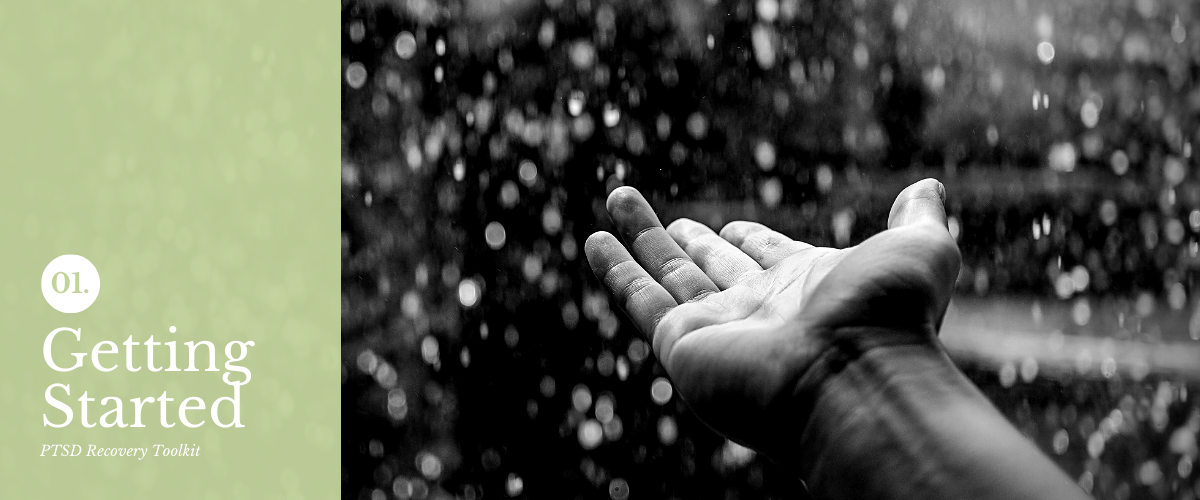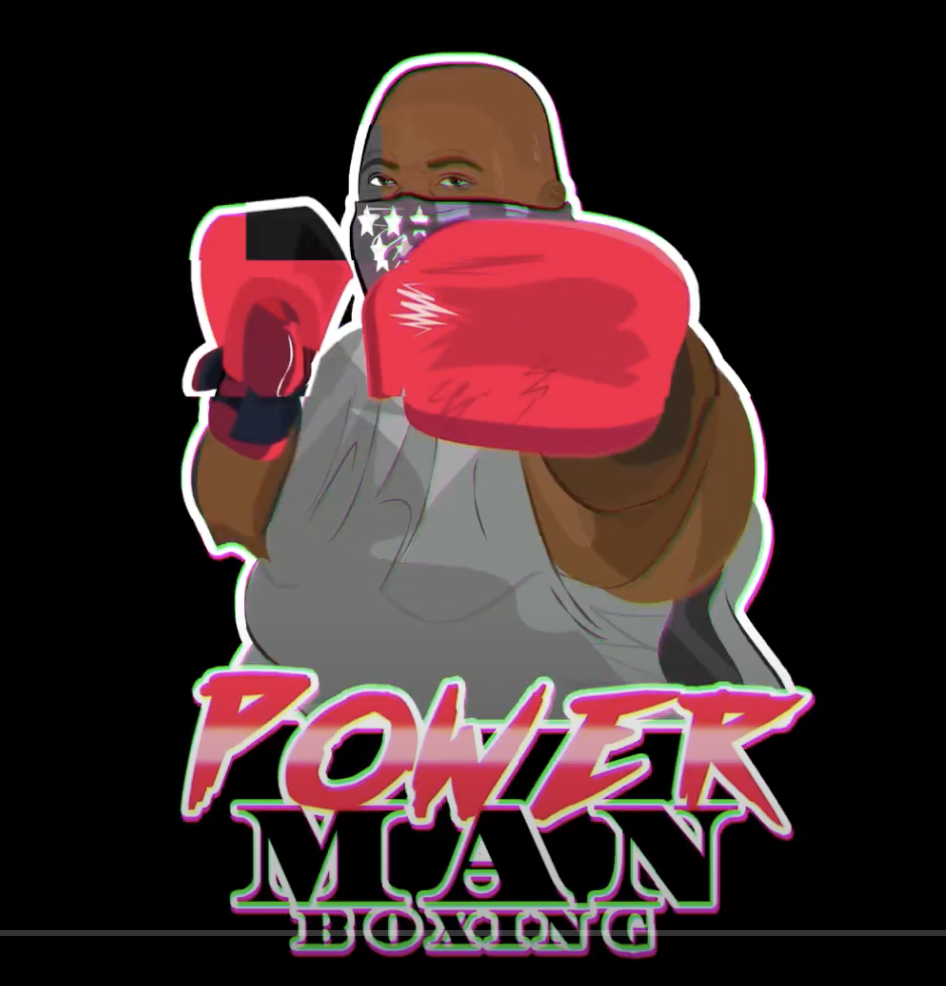Nobody gets into recovery because life is going well. If you’ve read this blog, especially entries 1-10 you know that this was true for me. My life was falling apart. I couldn’t control my emotions. I was breaking phones, torching relationships, going through financial duress, and feeling suicidal. I did two psych ward stints in two months. Desperate for any kind of relief, I went to four different therapists in one week. When I finally was diagnosed with PTSD from childhood sexual abuse, my life came into focus.
Linda was struggling too. You can read about it in her own words here: Love, Drugs, and Secondary Trauma and Dinner at Hugo’s. I know that this was extremely difficult for her, and as many supporters do, she began to experience “vicarious” (or secondary) trauma” and eventually, “compassion fatigue.”
If you or someone you know is experiencing symptoms of trauma, you’re likely desperate for some relief. Here is a list of things that helped us. We are not medical professionals. We are trauma survivors sharing what worked for us. We don’t endorse any particular approach over another. Indeed, the most important thing we can share is that recovery is an individual process–what works for one person can be a trigger from someone else. The trial and error process can be frustrating, but can be good news too: discovering what works for you is empowering because the only measuring stick is this whether or not your life is improving (here’s an article about how I found my toolkit). This list works whether you’re suffering from primary or secondary trauma because trauma is trauma.
Note: If you or your loved one feel like harming yourself or someone else, call 911. Other resources that can help until you can find the right professionals to work with as well as finding the trigger protocol that is right for you:
- National Suicide Prevention Lifeline
- Domestic Violence Hotline
- National Sexual Assault Hotline (RAINN). That’s who Linda called knowing that my PTSD was connected to being sexually assaulted as a child. RAINN referred her to a local center where we got help (Peace Over Violence, Los Angeles, CA).
- Learn to ground yourself when triggered. When you get triggered, your brain responds in the same way as when the original trauma(s) took place. Part of your limbic (emotional) brain goes into fight or flight mode to protect you, and the cognitive part of your brain shuts down so you can put all your focus on staying safe. Grounding will help you get back to being present, in your body. “Being grounded refers to a state of mental awareness where you’re fully present with the here and now. You know who and where you are, the current time and year, and what’s happening all around you. It is the opposite of dissociating. The act of ”getting grounded” means taking deliberate steps to bring one’s self out of flashbacks, dissociation, and/ or other distress. Grounding brings your awareness back into your body. This can include steps like: putting your feet on the floor, naming items in the room, learning the date and time, touching various textures, tasting or smelling mints, and also discontinuing anything that is trancing (rocking, swaying, staring, rhythmic behaviors, etc). The objective is to really engage with your surroundings, using different senses to lift yourself from the dissociative fog and come crisply into the present. It does take effort, but customization leads to much greater success. This is a vital skill for trauma patients and those with dissociative disorders.” (From the website, Beauty After Bruises.) Click here for a great list of grounding techniques.
- Find a trauma-informed therapist. Before I knew I was suffering from untreated trauma, therapy made me worse not better. Once I found a trauma-informed therapist, my life began to get better. I found my first therapist through Peace Over Violence, an amazing organization in Los Angeles. Another great resource is an organization called Healing Tree. On their website they list a directory of trauma-informed therapists and treatment centers. If you’re in a relationship, your partner needs a therapist too, or at the very least a safe place to share their feelings. Linda and I also sought couples therapy. It can all be a lot, but there are many ways to find trauma therapy even if you don’t have insurance.
- Read The Body Keeps the Score by Bessel van der Kolk. For some trauma survivors this book can be triggering, but for most survivors I’ve met, they say this book has changed their lives. When I first read this book, I felt like I understood myself for the first time. This book saved me. Understanding how trauma was living in my body changed everything.
- Have your meds reviewed by a psychiatrist (trauma-informed if possible). Meds affect everyone differently, and it’s crucial to stay on top of how they are affecting your body. For example, suicidal ideation and obsessive and/or addictive behaviors are known possible side effects of anti-depressants. Anti-depressants saved my life, and then they turned on me (read about it here). Be your own best advocate on meds. I have had difficulty finding the right psychiatrist, but I haven’t let that prevent me from seeing a psychiatrist. More and more trauma resources are available, and sometimes you have to really look around. Don’t give up on this. Keep looking, asking for help, etc. The meds issue is so important to get right. I would also suggest that you don’t listen to other peoples’ horror stories or success stories–find what works for you.
- Heart-focused breathing. Nothing made more of an impact in my trauma recovery than this tool. “Heart-focused breathing is about directing your attention to the heart area and breathing a little more deeply than normal. As you breathe in, imagine you are doing so through your heart, and, as you breathe out, imagine it is through your heart. (In the beginning, placing your hand over your heart as you breathe can help you in directing your focus to your heart.) Typically, HeartMath recommends that you breathe in about 5 to 6 seconds and breathe out 5 to 6 seconds. Be sure your breathing is smooth, unforced and comfortable. Although this is not difficult to do, it may take a little time to become used to it, but eventually you will establish your own natural rhythm” (Heartmath Institute). Linda is a certified HeartMath Coach and Mentor. Feel free to reach out to her via 72hourholdblog@gmail.com.
- Physical Exercise. Again, find what works for you. Walking/Running works really well for me, and I’d eventually like to develop a regular yoga practice. Find a way to get your body moving. (One of our therapists recommend working with a trauma informed Yoga instructor).
- Keep a dated journal of how you’re feeling. A record of how you’re feeling becomes vital as you visit with different medical professionals. This record also helps you identify what your triggers are. Learning what my triggers are helped me be less reactive to them thereby reducing the number of PTSD episodes and creating more space in my life for healing.
- Stop addictive behaviors. I know this is a big issue for many of us suffering from trauma, and I know it’s not as easy as simply quitting (you can read my Yahoo article on my experience with this). Twelve-step programs helped me stop addictive behaviors like drugs and alcohol. They are not for everyone, and depending on the group, they are not often trauma-informed spaces. Jamie Marich’s excellent book, Trauma and the 12 Steps is a good resource on this. The great news is that 12-step programs are not the only game in town. Find what works for you because active addiction complicates trauma recovery.
- Group therapy. I attend a weekly group for male survivor’s of childhood sexual abuse. The community and support I have found there have been so important to my recovery.
- Write your story. For me, writing my story saved my life. After my first 72 hour hold, I got up at 4:00AM and began writing my story. I should note when I say “write your story” it doesn’t necessarily mean putting your abuse into words. Or sharing what you write with anyone. It means writing what you feel needs to be written. Much of what I write about is trying to put into words how it feels to live with trauma–how it feels, for example, to be triggered. In her book, Trauma and Recovery, Judith Herman writes that “the ‘action of telling a story’ in the safety of a protected relationship can actually produce a change in the abnormal processing of the traumatic memory. With this transformation of memory comes relief of many of the major symptoms of post-traumatic stress disorder. The physioneurosis induced by terror can apparently be reversed through the use of words” (183). She adds this caveat: “Programs that promote the rapid uncovering of traumatic memories without providing an adequate context for integration are therapeutically irresponsible and potentially dangerous, for they leave the patient without the resources to cope with the memories uncovered” (184). That’s why this is number ten on the list. A combination of numbers 1-9 can create a network that will support us as we write our stories. Writing my story is empowering. Writing my story allows me to explore what happened and how it has impacted me. And I’ll say this one more time: writing your story does not mean sharing it publicly as I have (this is an entirely different topic).
This list is not comprehensive, but I wanted to keep it relatively short for now. The most important thing is to get started. Trauma is full of darkness and confusion, and recovery can begin to carve out the light. The adage it’s a marathon not a sprint certainly applies here. I’ve run marathons, and 26.2 miles is a long way to run. It’s also true that just getting started is a big relief. The miles click on by, and that’s not nothing. It’s a big something, in fact.
If you have suggestions that are not on the list above, we welcome your feedback in the comments section below. If you find any particular trigger protocol helpful to you, whether from above list or otherwise, please consider sharing that with us.






Leave A Comment